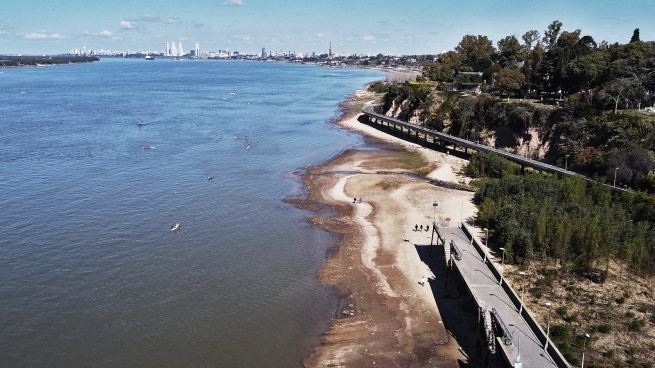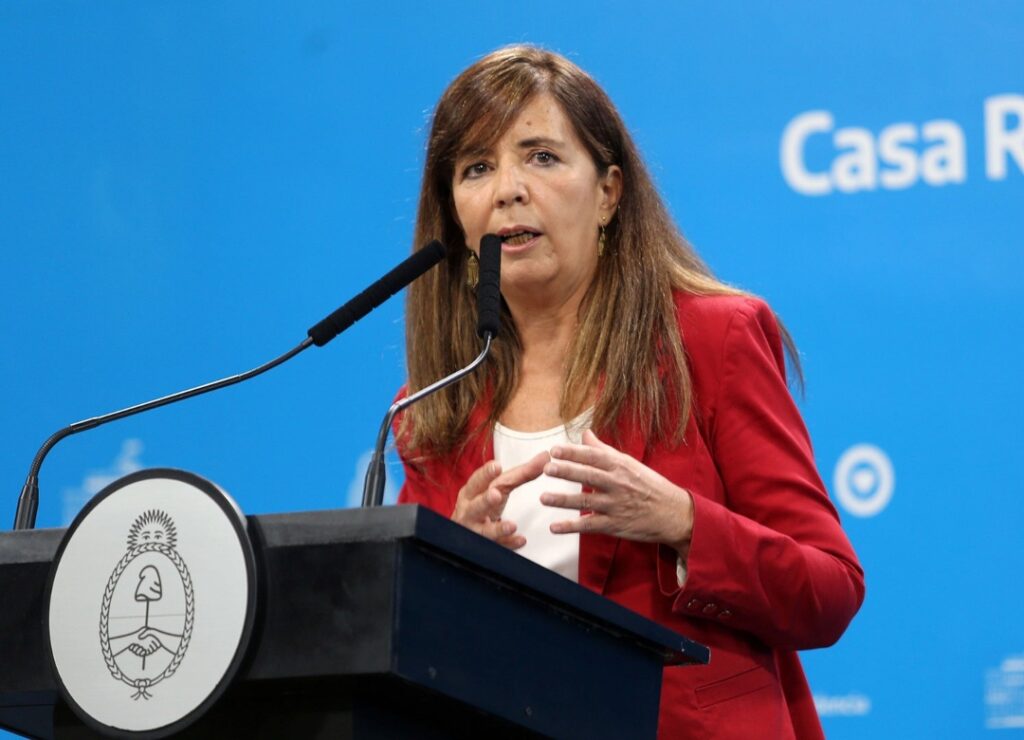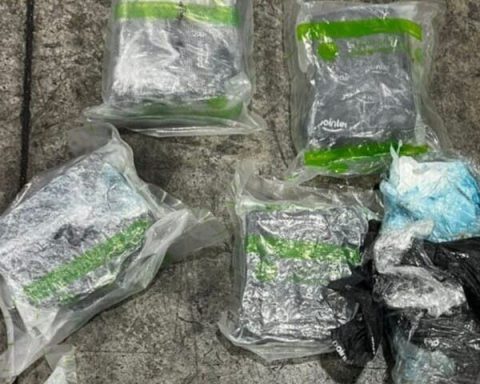The downflow of the Paraná River will continue in the next three months, with levels reaching 1.3 meters in the port area of Rosario, although the situation will not be as dramatic as last year when it reached 20 centimeters.
“For the next three months, rainfall is expected below normal in central and northeastern Argentina, Paraguay, and southern Brazil, which are the parts that contribute to the Paraná River. And for Rosario, the hydrometric forecast for the end of May is 1 .5 meters; and by the end of June, 1.30 meters”, informed Télam from the National Water Institute (INA).
However, they stressed that “it is expected that (the river) will drop a little for the next two months, but without reaching the pressing situations of last year that we reached negative values.”
They also pointed out that “The results of the World Climate Forecast Centers foresee slightly deficit conditions in the next three months”.
In this sense, they specified that “deficient rains are expected on the Argentine coast; in the Paraguay river basin, slightly deficient or normal conditions are forecast, as well as in Uruguay and Paraná.”
“We permanently follow the level of the Paraná River, it is basically a climatic issue,” the Secretary of Agriculture, Matías Lestani, told this agency, who pointed out that “today there would seem to be a one-off rise little by little and that would improve the volumes loading of wheat and would reduce reloading in other ports, which obviously complicates freight”.
Lestani indicated that “in the final numbers of 2021 the effect of the downspout was not felt strongly”because he explained that “there was a good supply”.
“We hope to be able to strengthen in this 2022, try to take advantage of the war prices of our raw material. The war prices are already being paid in costs, now we have to try to capture them in production,” said the official.
For his part, the director of Information and Economic Studies of the Rosario Stock Exchange (BCR), July Causewaytold Télam that “the Gran Rosario did not lose much due to the downspout”, and specified that “Argentina took out some 100 million tons of grain, flour and oil in 2021, of which 75 million came from the Gran Rosario”.
“In other words, it lost just 5 million, because historically there are 80 million that leave this port,” said Calzada, who added that “the port of Bahía Blanca won, which went from 9.5 million to 12.5 million tons, and also that of Quequén, which raised from 5 million to 6.2 million”.
In addition, he specified that “more than 4,000 ships enter the Waterway and 2,500 in the Gran Rosario”, and assured that “there was no drop in these numbers, but rather a good level is maintained.”
Meanwhile, the head of Port Operations of the Santa Fe San Lorenzo Plant of the Association of Argentine Cooperatives (ACA), Juan Carlos Piottoexplained to this agency that “there was a movement of cargo from this area to the south in Necochea and Bahía Blanca.”
He indicated that “the share of exports from both Necochea and the other southern ports grew in percentage,” and specified that in San Lorenzo “10,000 fewer tons were loaded on a Panamax ship that normally loads about 40,000 here.”
ACA’s operation in San Lorenzo is 2 to 3 million tons per year of soybeans, corn, wheat and sorghum, and 500 trucks are unloaded per day with two shipping lines of 2,000 tons per hour.
From there it is exported to North Africa and Southeast Asia, where the group has offices in Hong Kong and Shanghai, China.


















